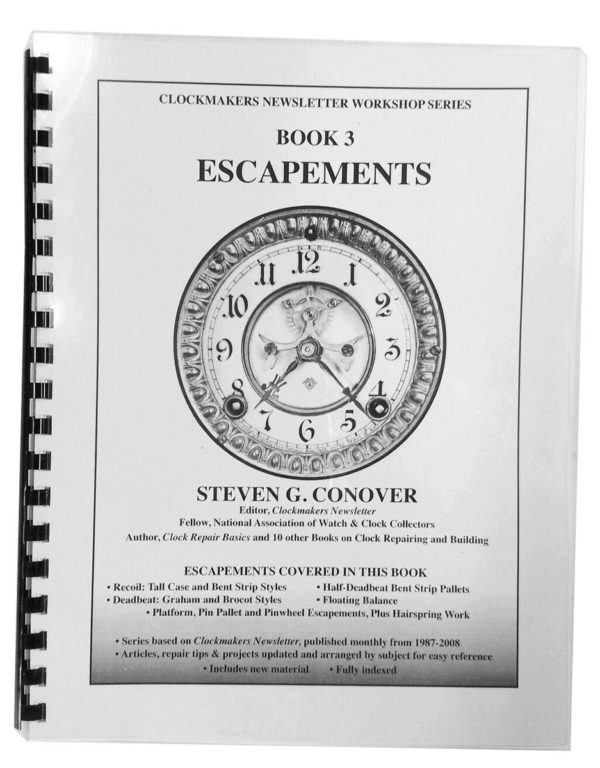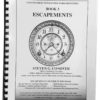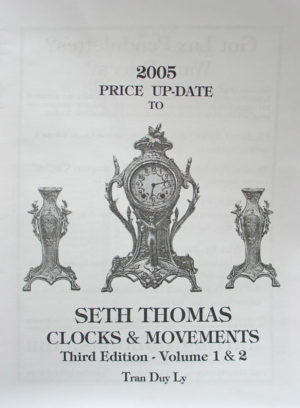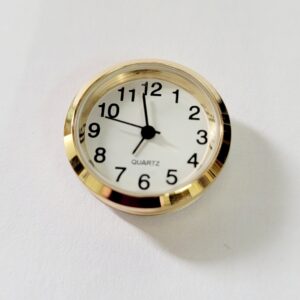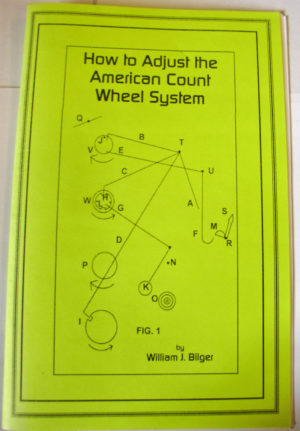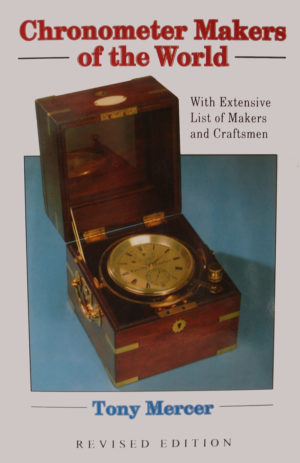- (800) 334-0135 or (541) 471-0194
- info@ronellclock.com
- Mon - Thur: 9am-4pm & Fri 9am-12pm (Pacific Time)
Book 3: Escapements in Workshop Series by Steven G. Conover
This book offers help in the subject area clock repairers constantly request. There are several types of escapements in clocks, and each requires its own repair procedures. The author has found that many repairers are unable to tell one type of escapement from another. All too often, they guess at the adjustment or repair needed and make things worse. Chapter 1, “Recoil Escapements”, begins with the ancient device that is still the most common style found today. Chapter 2, “Deadbeat Escapements”, covers the type which is generally found in better timekeepers. Invented in the eighteenth century, it is more difficult to make than the recoil escapement, and it is harder to adjust and repair as well. Chapter 3, “Other Escapements”, includes features on the balance escapements and hairsprings often used in small clocks. An extensive article by contributing editor Joseph Cerullo is the most complete treatment of the floating balance escapement, a German invention used in a major portion of the mantel clocks made from the 1960’s through the 1980’s. Chapter 4, “Pendulums & Timekeeping”, gives tips on regulating clocks. It also looks at clocks which have been fitted with incorrect pendulums and helps the reader to determine the correct length for a replacement pendulum to be ordered or made.
This book has over 150 pages featuring 160 photos and drawings with introduction, table of contents, and index. It is comb bound like Steven G. Conover’s other workshop manuals, allowing it to open flat on your bench for easy reference. 9″x11″.
Availability: 3 in stock
$34.95
This book offers help in the subject area clock repairers constantly request. There are several types of escapements in clocks, and each requires its own repair procedures. The author has found that many repairers are unable to tell one type of escapement from another. All too often, they guess at the adjustment or repair needed and make things worse. Chapter 1, “Recoil Escapements”, begins with the ancient device that is still the most common style found today. Chapter 2, “Deadbeat Escapements”, covers the type which is generally found in better timekeepers. Invented in the eighteenth century, it is more difficult to make than the recoil escapement, and it is harder to adjust and repair as well. Chapter 3, “Other Escapements”, includes features on the balance escapements and hairsprings often used in small clocks. An extensive article by contributing editor Joseph Cerullo is the most complete treatment of the floating balance escapement, a German invention used in a major portion of the mantel clocks made from the 1960’s through the 1980’s. Chapter 4, “Pendulums & Timekeeping”, gives tips on regulating clocks. It also looks at clocks which have been fitted with incorrect pendulums and helps the reader to determine the correct length for a replacement pendulum to be ordered or made.
This book has over 150 pages featuring 160 photos and drawings with introduction, table of contents, and index. It is comb bound like Steven G. Conover’s other workshop manuals, allowing it to open flat on your bench for easy reference. 9″x11″.

